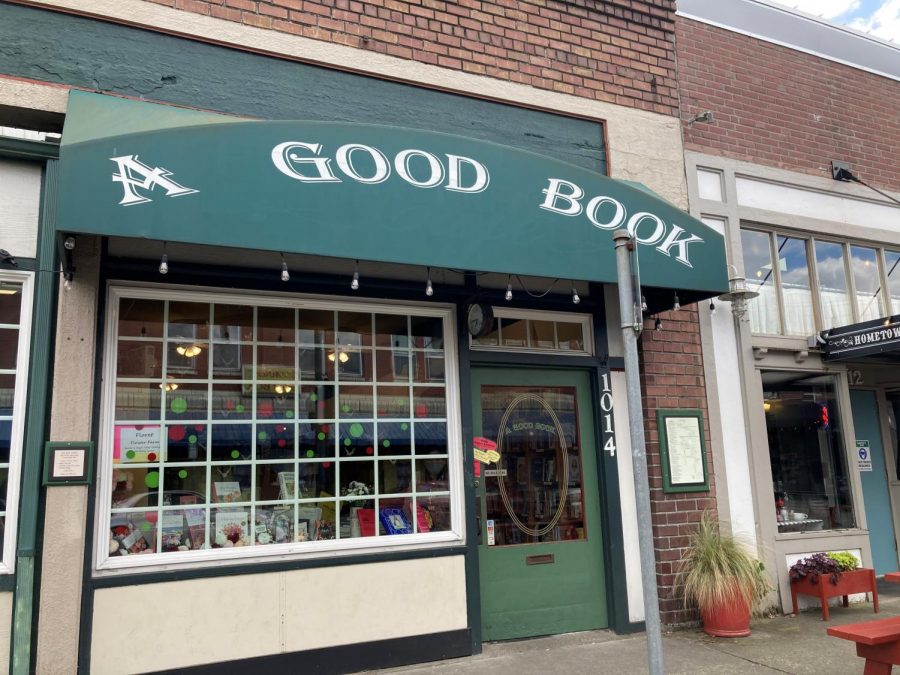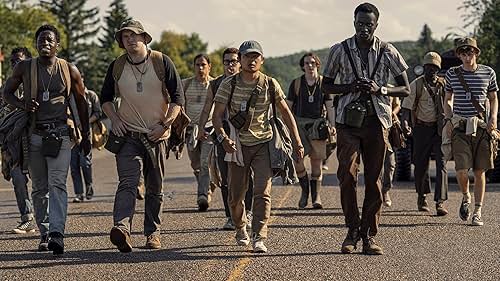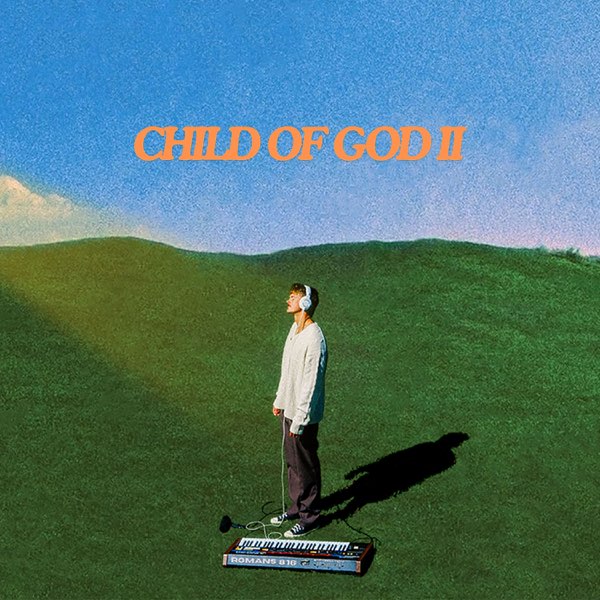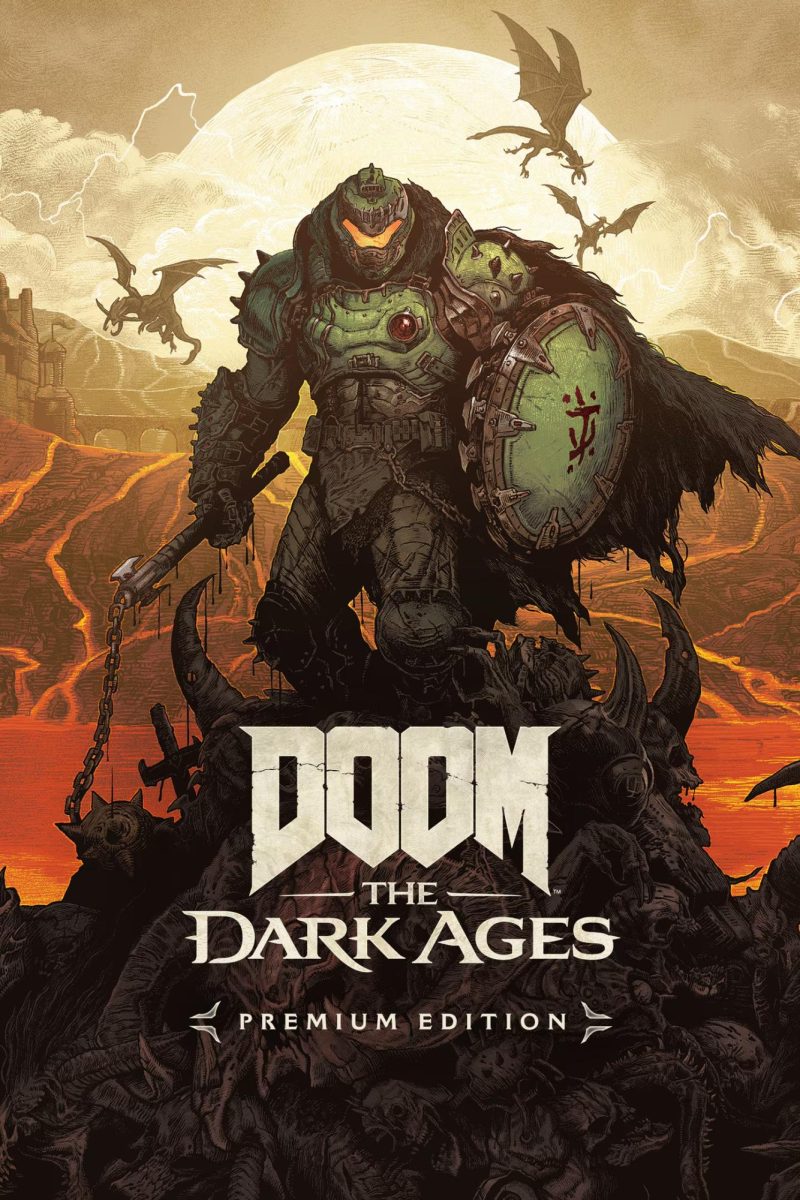Black Beauty has seen plenty of incarnations throughout its release in 1946. Anna Sewell’s book became a children’s literary classic and one of our favorite childhood live action movies. Ashley Avis’s version strays far from the original in other aspects. The movie features an American West twist with a slightly different set of events altogether.
The film follows John’s niece Jo (Mackenzie Foy), who had been sent to live with her uncle due to her parent’s fatal accident. The first glance we get at her shows a quiet girl slightly disconnected from reality. The black mustang’s pasture was directly beside John’s (Iain Glen) cabin, letting her feel Jo’s emotions. The teens grief completely changes her personality, leaving her angry and sour at the world. Eventually the girl and horse heal each other. They both show a special connection even when Beauty was first brought to the stables.
The connection was executed well, including a shot of the two running along the beach both giving a euphoric of feeling whole almost. It seems that it could reference an homage to a few of the original versions. Jo finds happiness in Beauty, who wants to sympathize, turning the attitude into a softer, more caring personality. Soon after a fire destroys the stables at Birtwick. This leads to John who is struggling financially then having to lease Beauty as a show horse to a wealthy equestrian family. Through those difficult times brought the bond and trust in each other.
One noticeable difference is Black Beauty is voiced by the opposite gender and the plot focuses more on character development. Her story starts as a filly and the spirit grows with her age. Breathtaking shots of Beauty’s golden-lit meadow and high mountains include the narration of life lessons taught by the herd. These themes continue through the movie when moments of doubt or fear sink into the mustang’s thoughts. The journey begins with introducing the viewer to trainer John Manly (Iain Glen) who was given to break after she was taken from her home. The horse was certain she wouldn’t be truly broken even with the somber situation.
While spending her time there, the movie throws a bit of humor into the situation. For example, the little things like her “game” of chasing one of the grooms across her pasture during feeding time, and they both enjoy it. Her struggles don’t end there as she was sold plenty of times. Being forced to work in deep mountain forests doing rescues the spirit of Beauty made the horse have hope for the future. Still, she does end up in New York City pulling carriages, closer to past storylines. The move to the city exposes more of the mistreatment that horses endure in captivity.
The unique adaptation of Black Beauty was well-done and touches on important points about being connected to animals and nature. It shows empathy, as well as learning how to care for others. To many people the meaning of hope could be why the tale of Black Beauty was mostly popular although it had differences in the storytelling. A bond with a horse is built on trust and emotion, which proves to be almost impossible to break.







